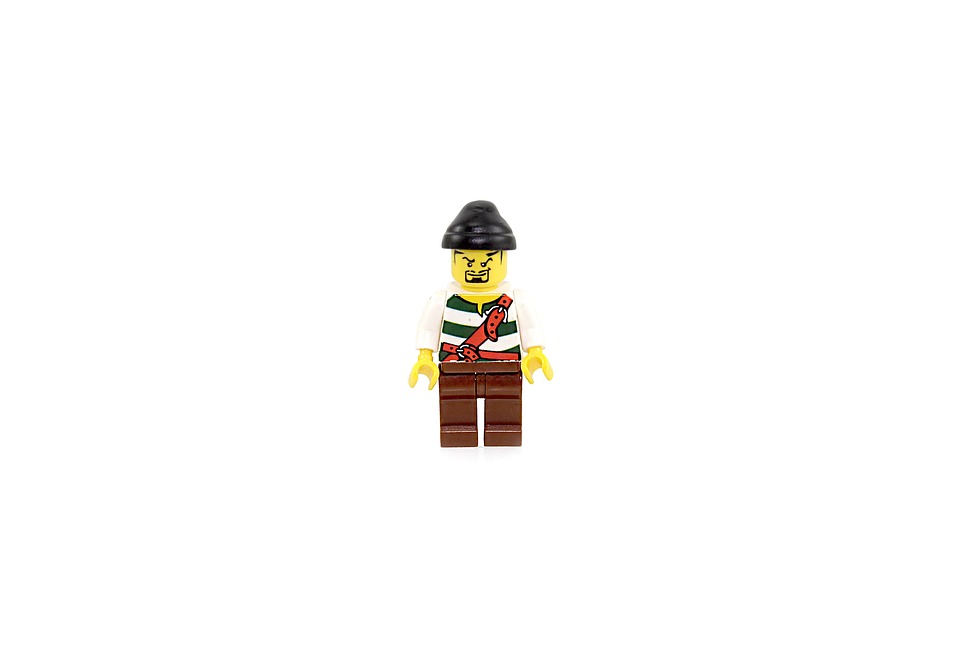Setting up a fish tank can be a rewarding and enjoyable experience for beginners. However, it’s important to understand the fundamentals of fish care and the proper steps to ensure a healthy environment for your aquatic pets. In this comprehensive guide, we’ll walk you through everything you need to know about setting up a fish tank, from selecting the right tank to maintaining water quality. So, let’s dive in!
Choosing the Right Tank Size
The size of your fish tank plays a crucial role in your fish’s overall health and well-being. It’s recommended to start with a larger tank, as it provides a more stable environment and allows for better water quality control. Here are some general guidelines for tank size:
1. Consider the Species: Different fish species have different space requirements. Research the adult size of the fish you intend to keep and choose a tank that can accommodate their needs.
2. Minimum Tank Size: As a rule of thumb, a beginner’s fish tank should be at least 20 gallons. However, larger tanks are generally easier to maintain.
3. Tank Shape: Choose a tank shape that suits the fish species you plan to keep. Some fish prefer longer tanks for swimming space, while others may prefer taller tanks.
Essential Equipment for Your Fish Tank
To create a suitable habitat for your fish, you’ll need to invest in some essential equipment. Here’s a list of must-have items:
1. Aquarium Filter: A high-quality filter is crucial for maintaining water quality by removing debris and harmful substances. Choose a filter that suits the size of your tank and the needs of your fish.
2. Heater: Most tropical fish require a consistent water temperature between 75-80°F (24-27°C). Invest in a reliable aquarium heater to maintain the ideal temperature for your fish.
3. Lighting: Fish tanks often come with built-in lighting, but if not, invest in an appropriate aquarium light to promote plant growth and enhance the visual appeal of your tank.
4. Substrate: Choose a substrate that suits your fish species and desired tank setup. Gravel, sand, or specialized substrates can be used, depending on your fish’s needs.
Setting Up Your Fish Tank
Now that you have the necessary equipment, it’s time to set up your fish tank. Follow these steps for a successful setup:
1. Clean the Tank: Rinse the tank with water to remove any dust or debris. Avoid using soap or chemical cleaners, as they can harm your fish.
2. Add Substrate: Place the substrate of your choice in the tank. Make sure to create a depth that suits your fish species and desired aesthetic.
3. Install Equipment: Install the filter, heater, and any other equipment according to the manufacturer’s instructions. Ensure they are functioning properly before proceeding.
4. Fill the Tank: Fill your tank with dechlorinated water. Use a water conditioner to remove harmful chlorine and chloramines. Fill the tank slowly to prevent disturbing the substrate.
5. Cycle the Tank: Cycling is the process of establishing beneficial bacteria that help break down fish waste. You can cycle your tank using fishless methods or by adding hardy fish species. Research the nitrogen cycle for a detailed understanding.
Maintaining Water Quality
Proper water quality is vital for the health of your fish. Follow these guidelines to maintain optimal conditions:
1. Regular Water Testing: Test the water regularly for parameters such as pH, ammonia, nitrite, and nitrate levels. This will help you identify any issues and take corrective measures promptly.
2. Water Changes: Perform regular partial water changes (10-20%) to remove accumulated pollutants and maintain water quality. Aim for a weekly schedule.
3. Filter Maintenance: Clean or replace filter media as per the manufacturer’s instructions. Avoid cleaning all the media at once, as it may disrupt the beneficial bacteria colonies.
4. Monitor Fish Behavior: Keep an eye on your fish’s behavior. Any sudden changes in appetite, coloration, or behavior may indicate water quality issues.
FAQs – Frequently Asked Questions
1. Can I use tap water in my fish tank?
– Yes, but it must be treated with a water conditioner to remove harmful chemicals.
2. How often should I feed my fish?
– Feed your fish small amounts 2-3 times a day, only providing what they can consume in a few minutes.
3. Do I need to add live plants to my tank?
– While live plants are not mandatory, they offer numerous benefits such as oxygenation, toxin removal, and a natural environment for fish.
4. Can I keep different fish species together?
– Some fish species are compatible, while others may be aggressive or have different care requirements. Research the compatibility of your desired fish species before mixing them.
Setting up a fish tank requires patience and attention to detail, but with the right knowledge, it can be an enjoyable journey. By following this beginner’s guide and understanding the basics of fish care, you’ll be well on your way to creating a thriving aquatic environment for your finned friends. Happy fishkeeping!









